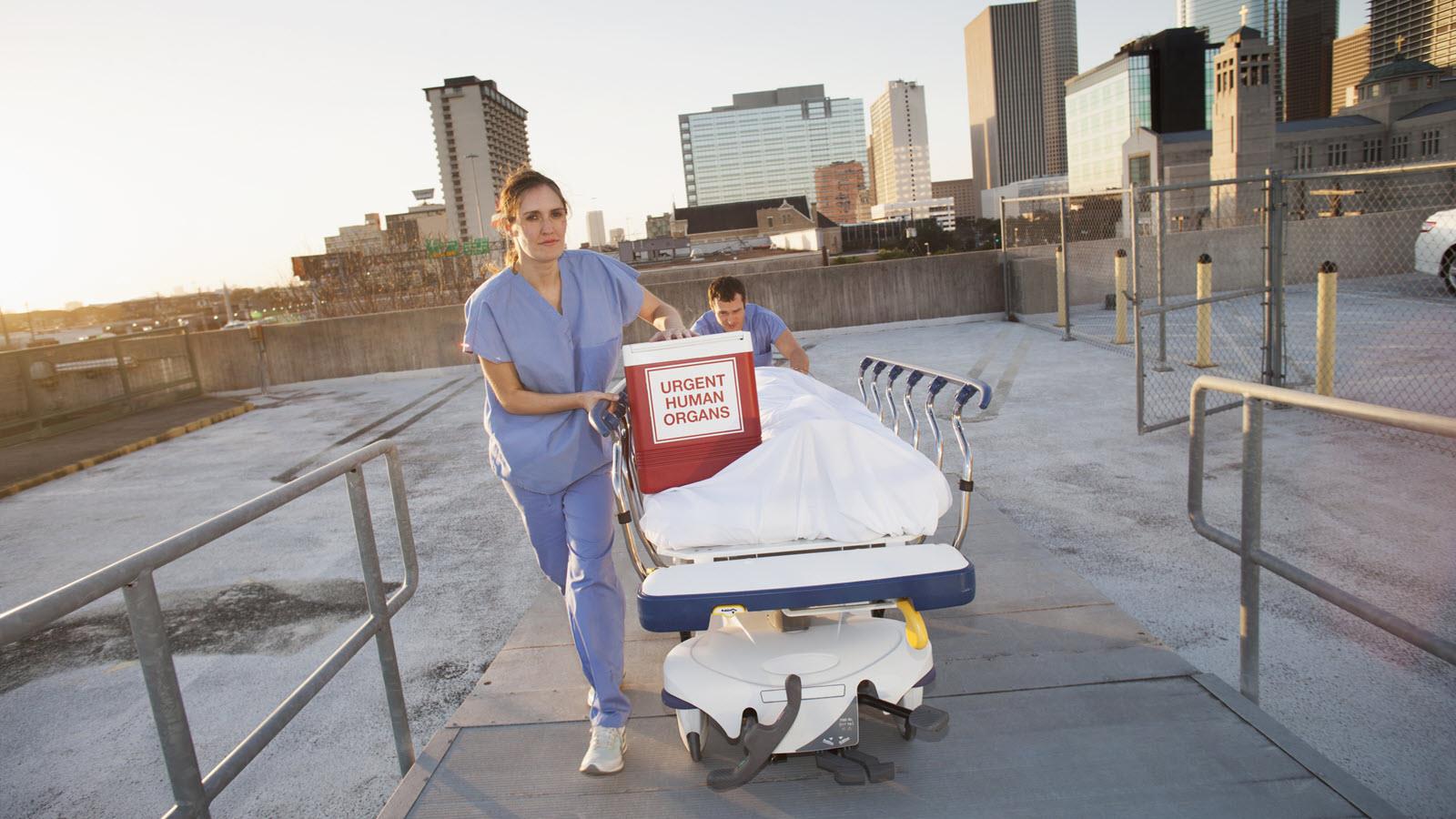The first-ever organ transplant happened in 1954 – a kidney. It was a landmark surgery that paved the way for the modern era of organ transplantation, which includes liver, heart, lung and other organ transplants. Today, more than 40,000 U.S. patients receive donated organs every year.
In the decades since that first transplant, medical advances greatly improved outcomes for patients. Someone who receives a kidney transplant today lives an average of 12 additional years, a 2019 analysis showed. A child who receives a liver transplant is likely to survive more than 25 years, the same study said. But two often-cited challenges remain:
- Waitlists are long and there aren’t enough donated organs to help all the people in need.
- Organ rejection remains a serious threat.
It’s not surprising that the body’s immune system rejects transplanted organs. It’s primed to recognize foreign cells — whether they belong to bacteria or a new kidney — and attack them. A transplant team’s goal is to return the patient to good health with the transplanted organ, but their challenge is twofold:
Doctors can anticipate immune system rejection and attempt to outsmart it with immunosuppressant medicines, but they also must balance immunosuppression against the risk of leaving the immune-suppressed patient vulnerable to infections and other problems. Organ transplant rejection can happen immediately or long after the surgery. Left unchecked, it can lead to organ failure.
Here are the three types of organ transplant rejection:
Hyperacute rejection happens anywhere from a few minutes to a few hours after a transplant, when antibodies respond to the new organ. It’s something doctors will be monitoring closely for. Unfortunately, there is no cure or treatment for hyperacute rejection.
Acute rejection happens anywhere from a few days to three months after a transplant. In this scenario, the body’s white blood cells begin to attack the transplanted organ, and hijack other elements of the immune system in the fight. Acute rejection is common and can be treated. If not treated quickly, acute rejection can lead to transplant failure. Repeated bouts of acute rejection threaten the organ’s long-term survival.
Chronic rejection can happen anytime from three months to several years following the transplant due to inflammation and other immune responses that can degrade an organ over time, sometimes leading to complete organ failure. Symptoms include pain and swelling around the affected organ, nausea and other flu-like symptoms, as well as organ-specific symptoms. For instance, liver rejection can lead to jaundice.
How Do Immunosuppressant Drugs Work?
Patients who receive an organ transplant start a regimen of immunosuppressant medicines that help tame immune reactions and stave off both acute and chronic rejection. Initially, transplant recipients receive “induction” medicines that intensely restrain the immune system.
Specifically, induction immunosuppressants are aimed at lymphocytes, which include T cells and B cells. These drugs help reduce the risk of acute rejection and will eventually be tapered off. Organ transplant patients also need maintenance medications that suppress the immune system through the coming years.
Researchers with CSL, a global biotech company, are currently investigating potential new interventions that could help treat the immune response in order to save organ function. While immunosuppressants and transplant techniques have been key to improving patient outcomes, new innovations are needed, experts said in a 2022 issue of the Journal of Clinical Medicine.
“Long-term graft and patient outcomes still lag behind and remain areas for improvement in solid organ transplantation,” said the study’s author, a nephrologist with the Mayo Clinic.



